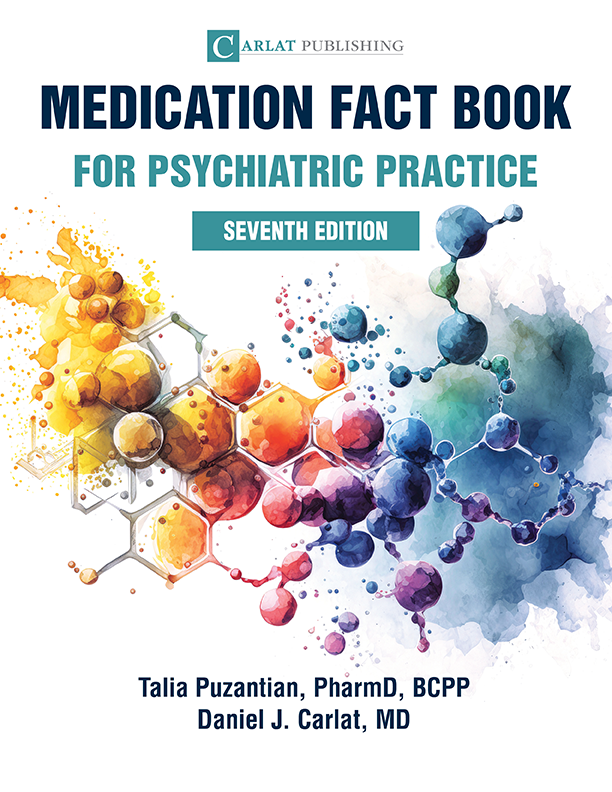General Psychiatry
Atypicals Roughly Equivalent to Molindone for Youth Psychosis
Section editor, Glen Spielmans, PhD
Read More
Antidepressant Dose Escalation Not Found Helpful in Improving Outcomes
Section editor, Glen Spielmans, PhD
Read More
Psychotherapy and Medication Roughly Comparable in Treating Depression
Section editor, Glen Spielmans, PhD
Read More

_-The-Breakthrough-Antipsychotic-That-Could-Change-Everything.jpg?1729528747)



